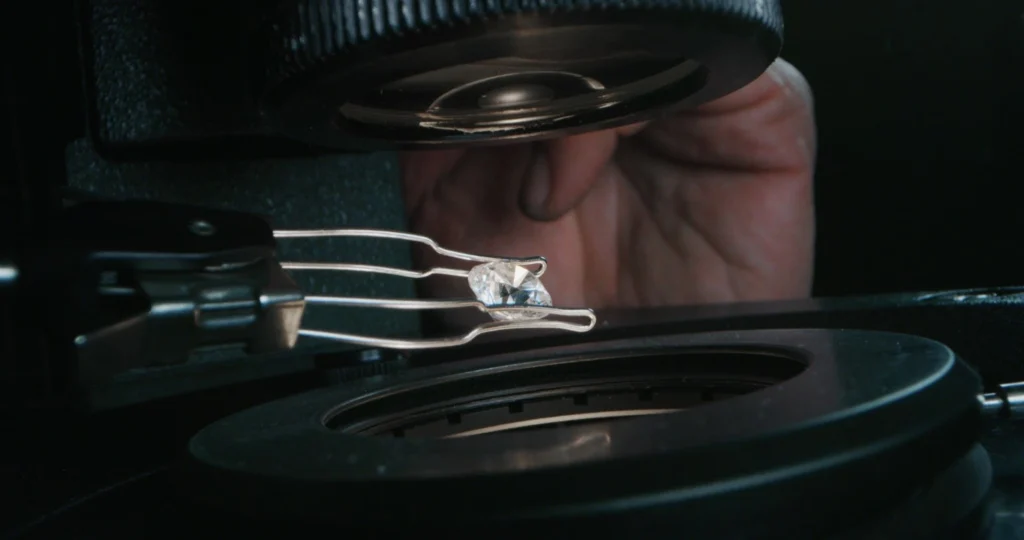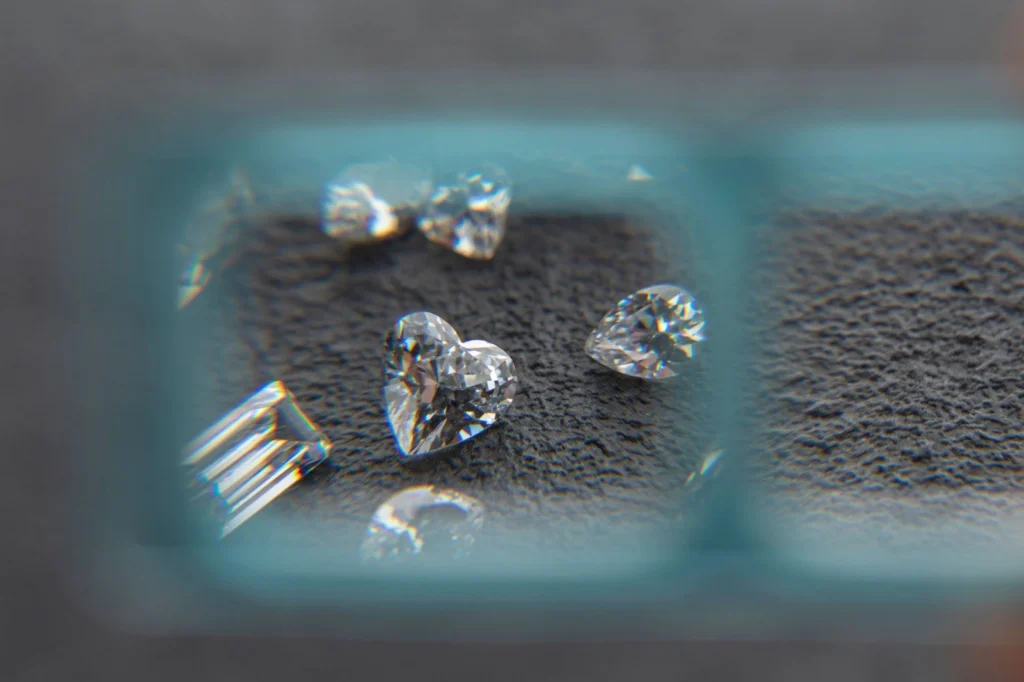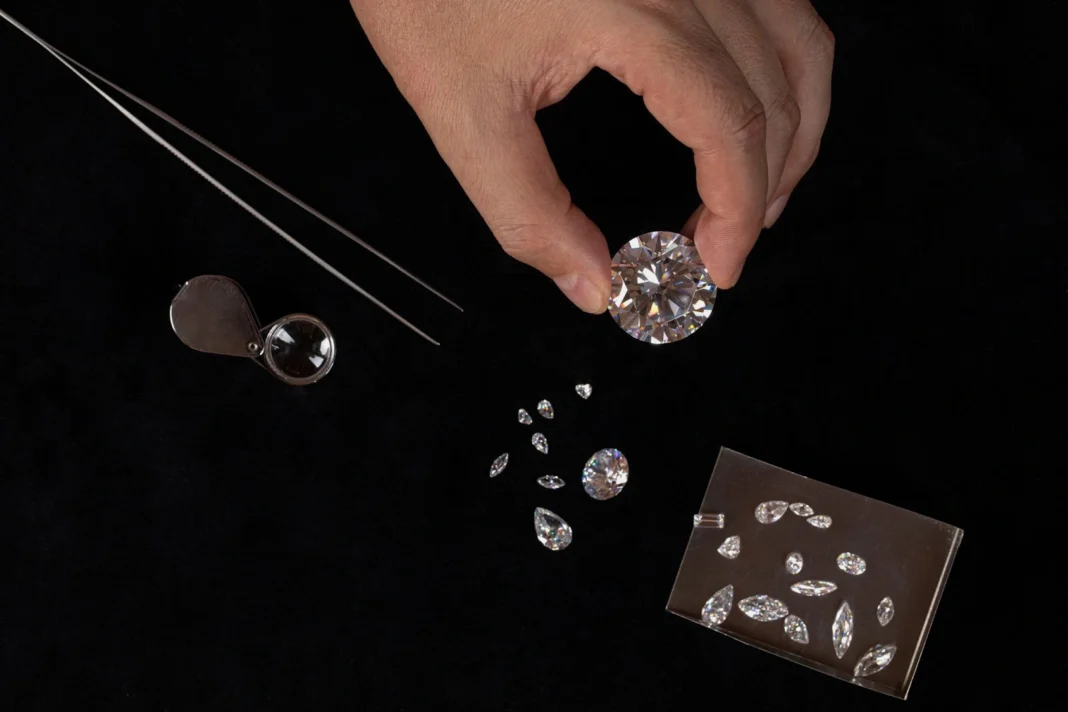There’s no denying it – diamonds still hold their place as the most iconic symbol of love and commitment. But the way people shop for them? That’s changing fast.
Today’s buyers care just as much about where a diamond comes from as how it shines. They want beauty, but they want better answers too – about sourcing, ethics, and the impact behind the sparkle. And that’s exactly why lab-grown diamonds have become more than just an alternative. They’ve become the choice.
They’re modern, brilliant, and made with intention – everything you’d want from a diamond, minus the mining. Still unsure where you stand? Here’s why more people are taking a second look – and what happens when you start to see how lab-created diamonds compare.
1. They’re Real Diamonds – Just Made Differently
Let’s clear something up: lab-grown diamonds aren’t fakes or replicas. They’re the real deal – chemically and visually identical to the ones formed underground.
Same carbon structure. Same sparkle. Same forever feeling.
The difference? It’s where they come from. Instead of forming under pressure over millions of years, these diamonds are grown in a controlled lab environment that replicates nature’s process – just faster and without the environmental damage.
And unless you’ve got gemologist tools at home, you won’t be able to tell the difference. They shine, reflect, and hold up exactly the way you’d expect a fine diamond to.
So when you’re wearing one, you’re not wearing a compromise. You’re wearing a diamond – period.
2. You Can Go Bigger or Better Without Blowing the Budget
There’s no delicate way to put it: mined diamonds are expensive. And while they’re beautiful, that price tag often means making sacrifices – whether it’s in size, clarity, or setting.
Lab-grown diamonds give you some breathing room.
They tend to cost significantly less than mined diamonds of the same quality, which opens up a lot of possibilities. You might go for a slightly larger carat size. Or upgrade to a clearer, more colorless stone. Or invest in a more custom, unique design without hesitation.
And no – this doesn’t mean cutting corners. The value is there. The quality is there. You’re just skipping the inflated markups tied to traditional sourcing.
If you’ve ever fallen in love with a dream ring only to sigh at the price, lab-grown lets you revisit those options with fresh eyes.
3. You Know Exactly Where It Comes From

This is a big one.
With mined diamonds, transparency isn’t always guaranteed. Even with certifications and grading reports, the path from mine to market can be a bit blurry. And let’s be honest – not everyone’s comfortable with the questions that arise.
Lab-grown diamonds change that. They come from modern facilities where everything – from how the stone was grown to how it was cut – is traceable.
You know who made it. You know where it came from. You know the process didn’t rely on dangerous labor or questionable practices.
That kind of clarity is rare in the world of fine jewelry – and it’s something a lot of people value more than ever.
4. They’re Easier on the Planet
No matter how you spin it, mining takes a toll. It moves earth, uses huge amounts of water and energy, and changes landscapes in ways that can’t be reversed.
Lab-grown diamonds? They skip all of that.
There’s no digging, no displaced ecosystems, and no environmental scarring. Some labs are even powered by renewable energy, which makes the process cleaner from start to finish. The controlled production environment also generates fewer carbon emissions – something more and more conscious shoppers are starting to care about.
It’s not just about avoiding harm – it’s about making room for better ways to create beauty. Choosing lab-grown means aligning your values with your style, without compromising either.
Of course, producing any luxury item has an impact – but if you’re trying to make choices that feel more aligned with how you live, lab-grown is a step in the right direction.
5. The Buying Experience Feels More Honest
Shopping for a mined diamond can feel like stepping into a maze of grading reports, certifications, and industry jargon. You’re expected to trust a process that’s not always easy to understand.
With lab-grown, there’s less guesswork.
You’ll usually get access to full details about the diamond’s growth, cut, and grading – often with laser inscriptions or digital records to back it all up. Some even come with blockchain tracking to show their exact path from lab to ring box.
It’s not about making it technical – it’s about making it clear. When you understand what you’re buying, you feel better about wearing it. Simple as that.
6. You Have Way More Style Options

Lab-grown diamonds aren’t just for minimalists or budget-conscious buyers anymore – they’re showing up in stunning designs across the board.
Designers love working with them because they’re more flexible, more available, and leave more room for creativity. That means more variety for you: sleek modern rings, antique-inspired settings, alternative shapes, even bold, fashion-forward pieces you’d never expect in a traditional bridal collection.
You’re not stuck with one “lab-grown look.” You’ve got options – and they’re beautiful.
7. They Fit the Way People Think Now
This might be the biggest reason of all.
Lab-grown diamonds match how a lot of people live and think today. They reflect a shift in values – toward sustainability, transparency, and conscious buying. They say you care about quality, but you also care about how that quality is made.
It’s not about rejecting tradition – it’s about evolving it.
Whether you’re choosing an engagement ring, marking a milestone, or just treating yourself, lab-grown diamonds let you celebrate your story in a way that feels more current – and a lot more thoughtful.
Luxury, With a Little More Intention
A diamond should shine. That hasn’t changed. But the meaning behind the shine – that’s where lab-grown diamonds really stand out.
They’re just as brilliant, just as durable, and just as timeless. The only difference is what they say about you – and the world you want to help shape.
When elegance and ethics meet, that’s not a compromise. That’s the future.




